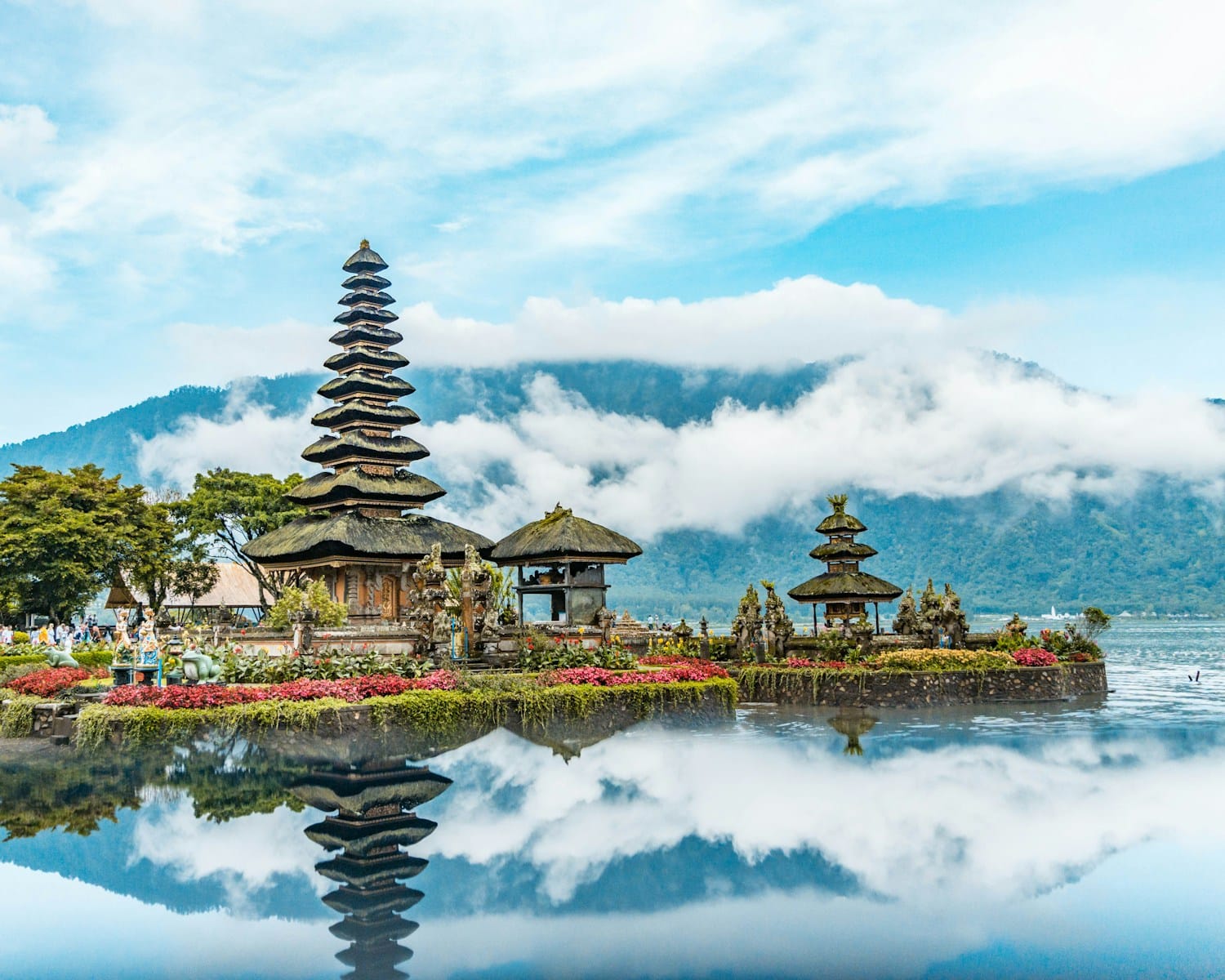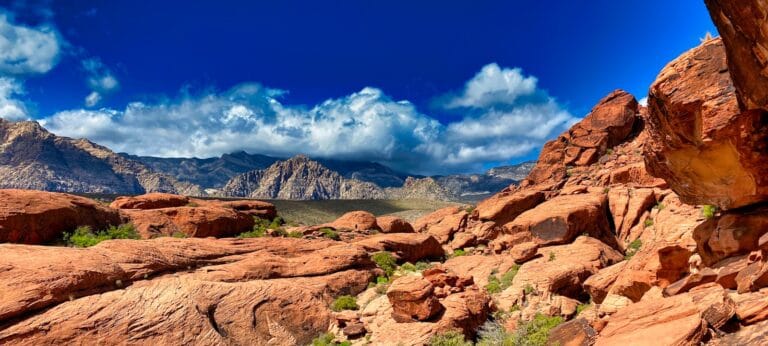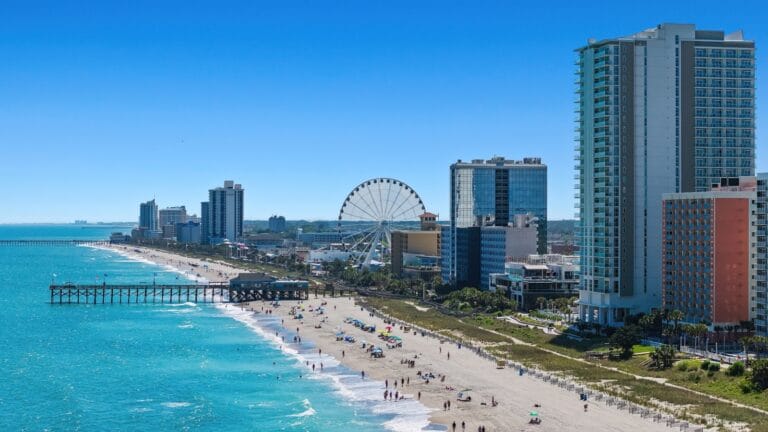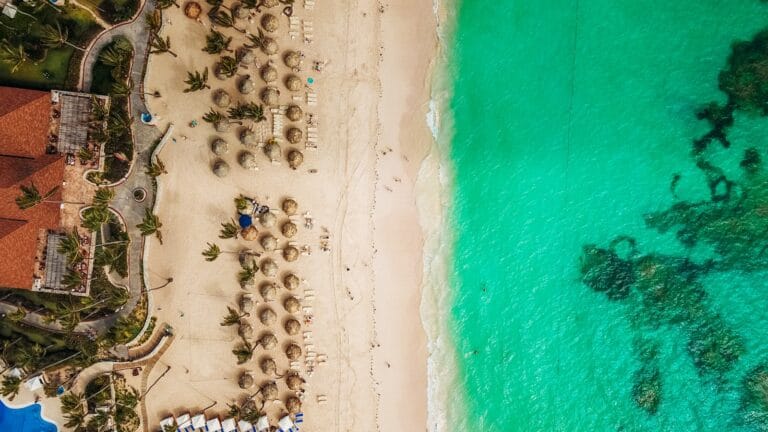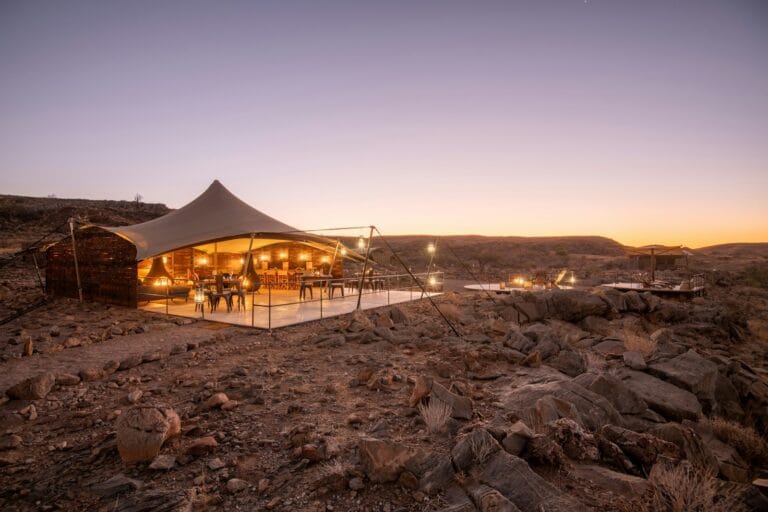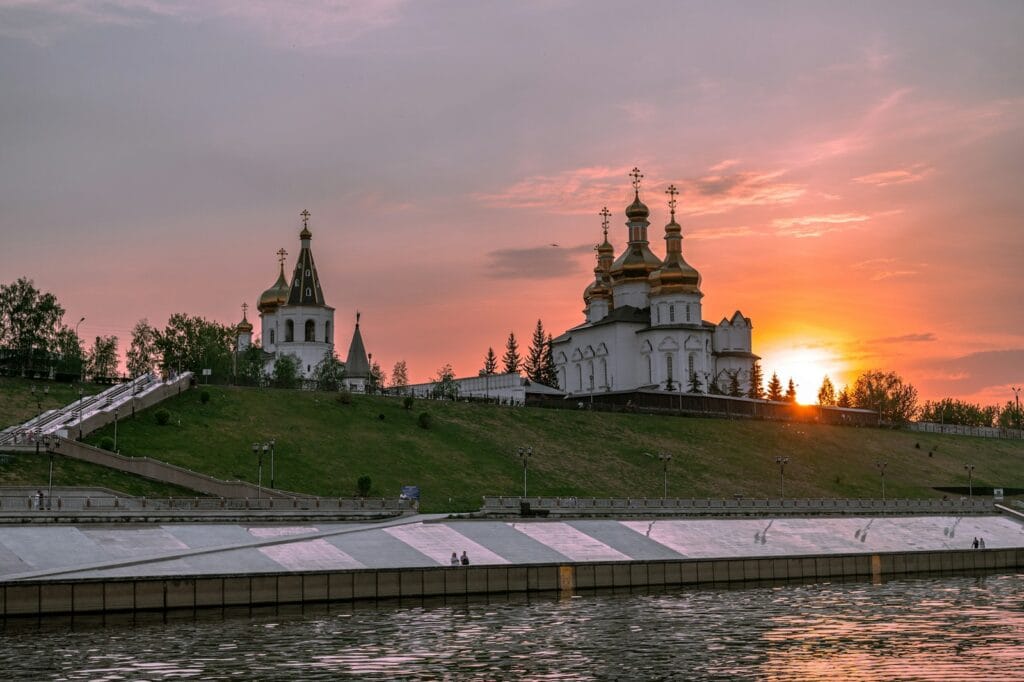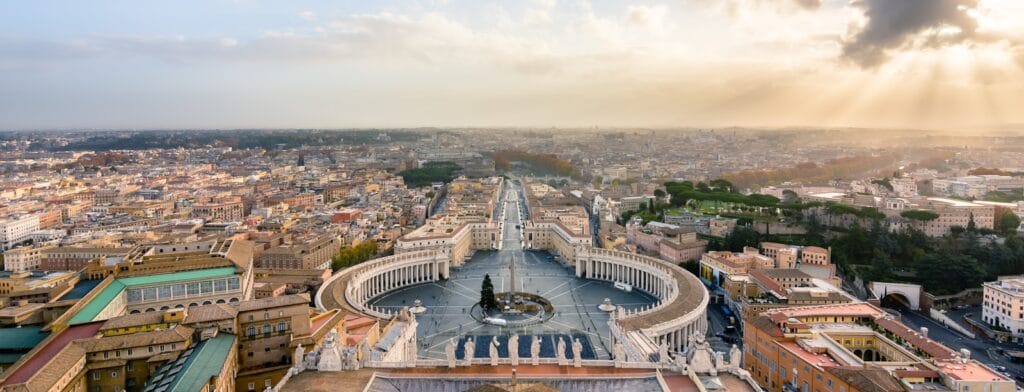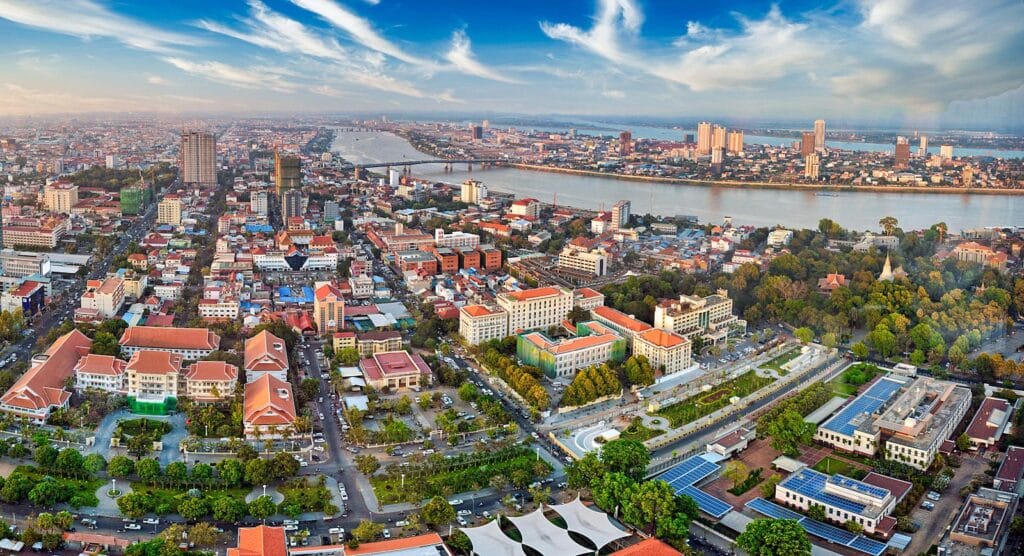Bali Travel Guide: Exotic Escapes & Island Adventures
Bali Travel Guide: Nature, Temples & Soulful Escapes
Intro to Bali Travel Guide
Bali is more than just a tropical island — it’s a living tapestry of Hindu tradition, volcano-sculpted landscapes, surf-washed beaches, and spiritual rituals set to the rhythm of gamelan music. From the jungle-shrouded temples of Ubud to the cliffside resorts of Uluwatu, Bali invites travelers into a world where culture and nature are deeply entwined.
Start planning your journey with our complete Bali Travel Guide — discover sacred ceremonies, volcanic hikes, slow island villages, and unforgettable surf-sunset adventures across Indonesia’s beloved island paradise.
Planning to explore more experiences? Don’t miss our full collection of Bali tours for guided adventures around temples, waterfalls, rice terraces, and local villages.
Continent: Asia
Country: Indonesia
Province: Bali
Area: ~5,780 km²
Population: ~4.4 million (2024 est.)
Density: ~760 people/km²
Capital: Denpasar
Main Regions/Districts: Ubud, Kuta, Seminyak, Canggu, Nusa Dua, Jimbaran, Uluwatu, Sanur, Amed, Lovina, Nusa Islands
Language(s): Indonesian (official), Balinese, English (widely spoken in tourist areas)
Currency: Indonesian Rupiah (IDR)
Time Zone: WITA (UTC+8)
Nearest Airports: DPS (Ngurah Rai International Airport, Denpasar)
Climate: Tropical monsoon – hot and humid with wet and dry seasons
Known For: Temples, surf beaches, rice terraces, yoga retreats, digital nomads, festivals, Balinese Hindu culture
Bali follows Indonesia’s national visa policy
Visa-free entry for 30 days is available for travelers from 90+ countries (including USA, UK, EU, Australia, Japan) — non-extendable
Visa on Arrival (VOA): 60+ countries can apply at the airport for up to 30 days, extendable once
Full visa details: Indonesian Immigration Portal
Passport must be valid for at least 6 months upon arrival
Recommended: Hepatitis A, Typhoid, Tetanus, Hepatitis B, Japanese Encephalitis (if staying long-term or rural)
Mosquito precautions advised due to dengue; malaria is rare but possible in remote zones
Quality hospitals: BIMC, Siloam, and Kasih Ibu (Denpasar, Kuta, Nusa Dua)
Travel insurance with emergency evacuation coverage is strongly recommended — get coverage here
Stay Informed with Official Updates: World Health Organization – International Travel and Health | Centers for Disease Control and Prevention – Global Travel Health
Refer to U.S. State Dept – Indonesia Advisory
Bali is generally safe for tourists, but be cautious of petty theft, ATM scams, and unlicensed drivers
Use extra caution during Nyepi Day (Silent Day) when all activities halt island-wide
Volcanic activity (Mount Agung) can affect flights — monitor Indonesia’s Volcano Agency
Stay Informed with Official Updates: US Travel Advisory | UK Foreign Travel Advice
Follows national and Balinese Hindu calendar
Nyepi Day (Silent Day): March (date varies) – island-wide lockdown, no flights
Galungan and Kuningan: Celebrated every 210 days (traditional Hindu festival cycle)
Independence Day – August 17
Hari Raya Nyepi, Idul Fitri, and Christmas are also observed
Currency: Indonesian Rupiah (IDR)
ATMs widely available; carry cash for rural or remote areas
Cards accepted in hotels, restaurants, and shops in major tourist towns
Tipping: Not mandatory but appreciated (5–10%)
Use money changers with clear signage and no commission; avoid street changers
Duty-Free purchases are available at DPS airport on arrival/departure
Ngurah Rai International Airport (DPS) – 13 km from Denpasar; serves all of Bali
Access to main areas:
Kuta (15 min), Seminyak (25–30 min), Ubud (60–90 min), Canggu (45–60 min), Uluwatu (45–60 min)
Airport website: https://bali-airport.com
No formal public transit; travel via taxis, scooters, ride-shares, and private drivers
GoJek and Grab (apps) work in many areas — restricted in Ubud and some villages
Scooter rental is common — license required; traffic can be chaotic
Car hire with driver is best for longer day trips
Be aware of scams, inflated prices, and poor road conditions in rural areas
Fast and affordable mobile data; 4G widely available
Main SIM providers: Telkomsel, XL Axiata, IM3
Prepaid SIMs available at airport and convenience stores
Free Wi-Fi in most hotels, cafés, and coworking spaces (e.g., Canggu, Ubud)
eSIM support for select networks
Dress modestly when visiting temples (sarong often required)
Public displays of affection discouraged
Drug laws are strict and heavily enforced — zero tolerance
Respect religious ceremonies and processions
LGBTQ+ travelers welcomed in most tourist areas but discretion is advised in conservative settings
Alcohol is legal; drinking age is 21
Emergency Numbers:
Police: 110
Ambulance: 118
Fire: 113
Consular assistance via embassies in Jakarta or consulates in Denpasar
Ensure travel insurance includes healthcare, motorbike accidents, and natural disasters
Include your affiliate travel insurance link here
Tropical climate with two seasons:
Dry Season: May to September – best time to visit
Wet Season: October to April – heavy showers, especially December–February
Average temps: 27°C–31°C (80°F–88°F) year-round
Best months for beach travel, diving, and surfing: May–August
Forecast: Weather Forecast
Bali Cities & Major Destinations
- Denpasar
Bali’s capital and transport hub, Denpasar is often bypassed but offers authentic markets like Pasar Badung, cultural centers like the Bali Museum, and easy access to South Bali beaches. - Ubud
Known as Bali’s spiritual and artistic heart, Ubud is surrounded by rice terraces, monkey forests, and ancient temples. Yoga retreats, art galleries, and traditional dance performances define this highland town. - Seminyak
A stylish coastal town just north of Kuta, Seminyak is famous for its boutique resorts, beach clubs, world-class dining, and shopping. It’s a great base for upscale beach holidays. - Kuta
Once a bohemian surf town, Kuta is now a bustling nightlife and backpacker zone. It offers budget stays, busy surf beaches, and a wild party scene. - Canggu
Bali’s hipster haven, Canggu is a vibrant blend of surf culture, coworking cafes, digital nomad hubs, and street art. Think smoothie bowls by day, sunset beach bars by night. - Uluwatu
Famed for its cliffside temple and epic surf breaks, Uluwatu is perfect for dramatic ocean views, luxury villas, and scenic coastal roads. - Lovina
Located on Bali’s north coast, Lovina offers black sand beaches, dolphin-watching tours, and a slower, traditional pace of life. - Amed & Tulamben
These quiet east coast fishing villages are top destinations for diving and snorkeling — especially for the Liberty Shipwreck near Tulamben. - Munduk
A misty mountain village in central Bali, Munduk is perfect for trekking, waterfalls, and cool-air escapes surrounded by spice plantations and forest canopies. - Nusa Penida (day trip or overnight)
Technically part of the Klungkung Regency, this rugged offshore island is home to epic cliffs, crystal-clear waters, and photo-famous Kelingking Beach.
How to Choose Where to Go in Bali
Bali offers distinct experiences depending on where you base yourself:
- For beach luxury: Seminyak and Uluwatu offer resort comfort, spas, and cliff views.
- For culture and nature: Ubud and Munduk immerse you in rice fields, temples, and wellness.
- For surf and social life: Canggu and Kuta draw surfers, creatives, and party-goers.
- For diving and remote vibes: Amed, Tulamben, and Nusa Penida deliver underwater treasures and off-the-beaten-path tranquility.
- For family travel: Sanur’s calm beaches and family-friendly resorts are ideal.
Plan your route based on interest — coastal vs. highland, spiritual vs. beachy, or tourist-heavy vs. local and slow-paced.
Natural Escapes & Scenic Highlights
- Tegallalang Rice Terraces
One of Bali’s most iconic landscapes, these emerald-green terraces near Ubud are ideal for sunrise walks and cultural photography. - Mount Batur
Hike this active volcano in the pre-dawn hours to witness sunrise over misty calderas and shimmering Lake Batur. - Sekumpul Waterfall
Often considered Bali’s most beautiful waterfall, Sekumpul requires a short jungle trek but rewards with towering cascades and lush greenery. - Lake Beratan & Ulun Danu Temple
This highland lake near Bedugul reflects a picturesque floating temple and offers cool temperatures and boat rides. - West Bali National Park
Bali’s wild west features mangroves, coral reefs, and endangered Bali starling habitats. It’s ideal for snorkeling and nature watching. - Nusa Penida
Dramatic coastal cliffs, untouched beaches like Atuh and Crystal Bay, and manta ray snorkeling define this rugged island escape. - Banyumala Twin Waterfalls
A lesser-known but incredibly scenic spot in north Bali, perfect for a refreshing dip after a forest hike.
Cultural & Historic Landmarks
- Uluwatu Temple (Pura Luhur Uluwatu)
This sea-cliff temple is a spiritual beacon and sunset stage for traditional Kecak fire dances. - Besakih Temple (Mother Temple)
Located on the slopes of Mount Agung, this is Bali’s holiest temple complex and an epicenter of Balinese Hinduism. - Goa Gajah (Elephant Cave)
An 11th-century sanctuary carved into a rock face, this sacred site blends Hindu and Buddhist iconography. - Tirta Empul Temple
Known for its sacred bathing pools, Tirta Empul invites worshippers and visitors alike to take part in purification rituals. - Taman Ayun Temple
A UNESCO-listed temple with serene gardens and a moat, showcasing classical Balinese architecture. - Gunung Kawi Royal Tombs
Hidden in a lush river valley, these ancient rock shrines are carved into cliff walls and accessed via rice field paths. - Traditional Villages: Penglipuran & Tenganan
Penglipuran is renowned for its orderly lanes and bamboo houses, while Tenganan preserves Bali Aga culture.
Local Food, Arts & Experiences
- Balinese Cuisine
Must-try dishes include babi guling (suckling pig), nasi campur (rice with side dishes), and lawar (spiced meat and coconut salad). Don’t miss warungs (local eateries) for authentic tastes. - Traditional Arts
Bali is a center of wood carving, batik, and silver jewelry. Ubud’s art markets and village studios let you buy direct from artisans. - Cultural Events
Key festivals include Galungan and Nyepi (Balinese New Year), when island-wide rituals, processions, and silence days transform daily life. - Local Experiences
Join a batik or cooking class in Ubud, watch gamelan practice in a temple courtyard, or learn the spiritual meanings of temple offerings.
Must-See Experiences in Bali
- Watch the sunrise from Mount Batur, then soak in a volcano-side hot spring.
- Experience a Kecak dance performance at Uluwatu Temple as waves crash below.
- Take a cleansing ritual at Tirta Empul Temple with holy spring water.
- Snorkel with manta rays in Nusa Penida‘s crystal waters.
- Visit the sacred monkey forest in Ubud and observe long-tailed macaques.
- Get lost in the teal green rice fields of Sidemen — Bali’s quieter eastern cousin to Ubud.
- Enjoy a Balinese massage and flower bath ritual in a jungle spa retreat.
Book immersive Bali tours and experience unforgettable things to do in Bali — from sacred temple rituals and highland treks to floating markets and lakeside food adventures.
Getting Around Bali
- Airport: Ngurah Rai International Airport (DPS) near Denpasar.
- Transport: Hire a private driver, use ride-hailing apps (Grab, Gojek), or rent a motorbike (experience required).
- Long distances: Minibuses and shuttles connect major hubs; boats depart for Nusa islands.
- Tips: Avoid rush hour traffic in South Bali; roads can be narrow in remote villages.
Best Time to Visit Bali
- Dry Season (Apr–Oct): Ideal for beaches, temples, and volcano hikes. May to August has cooler, pleasant weather.
- Wet Season (Nov–Mar): Lush landscapes and fewer crowds, but expect daily rain.
- Best for Surf: Western beaches (May–Sept), Eastern coast (Nov–Mar).
- Festival Highlights: Galungan (dates vary), Nyepi (March–April), and Bali Arts Festival (June–July).
Best Travel Itineraries in Bali
5-Day Classic Bali
Ubud (3 days: temples, rice terraces, art) → Uluwatu (2 days: beaches, Kecak dance, cliff views)
7-Day Nature & Culture Loop
Ubud → Munduk (waterfalls) → Lovina (dolphin tour) → Amed (snorkeling) → Sanur
10-Day Slow Island Trip
Canggu → Ubud → Sidemen → Amed → Nusa Penida → Seminyak
Travel Safety & Etiquette in Bali
- Temple visits: Wear sarongs and sashes; respect rituals and local customs.
- Wildlife: Don’t feed monkeys or stray dogs; beware of aggressive macaques.
- Driving: Motorbike rentals are popular but require caution — always wear a helmet.
- Connectivity: Wi-Fi is common in tourist zones; rural areas may have patchy service.
- Etiquette: Balinese culture values politeness, modest dress in villages, and ritual awareness during festivals.
Nearby Indonesian Provinces
Lombok: Reachable by fast boat, this island offers trekking on Mount Rinjani and uncrowded beaches.
Java (East): Fly to Surabaya or take a ferry for ancient temples, volcanic adventures, and national parks.
Nusa Tenggara: Explore Komodo National Park, pink beaches, and remote island life.
West Nusa Tenggara: Ideal for multi-day trips to the Gili Islands, famous for diving and car-free village charm.
Final Planning Checklist for Bali
- Book popular Bali tours, surf lessons, and private drivers in advance.
- Carry cash for temples, local markets, and village fees.
- Pack mosquito repellent, rain jacket (wet season), and respectful clothing.
- Stay in multiple regions to experience Bali’s diversity — coast, jungle, highland.
- Learn a few Balinese greetings like “Om Swastiastu” (peaceful hello).
- Prepare for Nyepi (day of silence) — no flights, no travel, no lights for 24 hours.
For more expert travel tips, practical strategies, and trusted tools — visit our Homepage and get inspired for your next trip.

